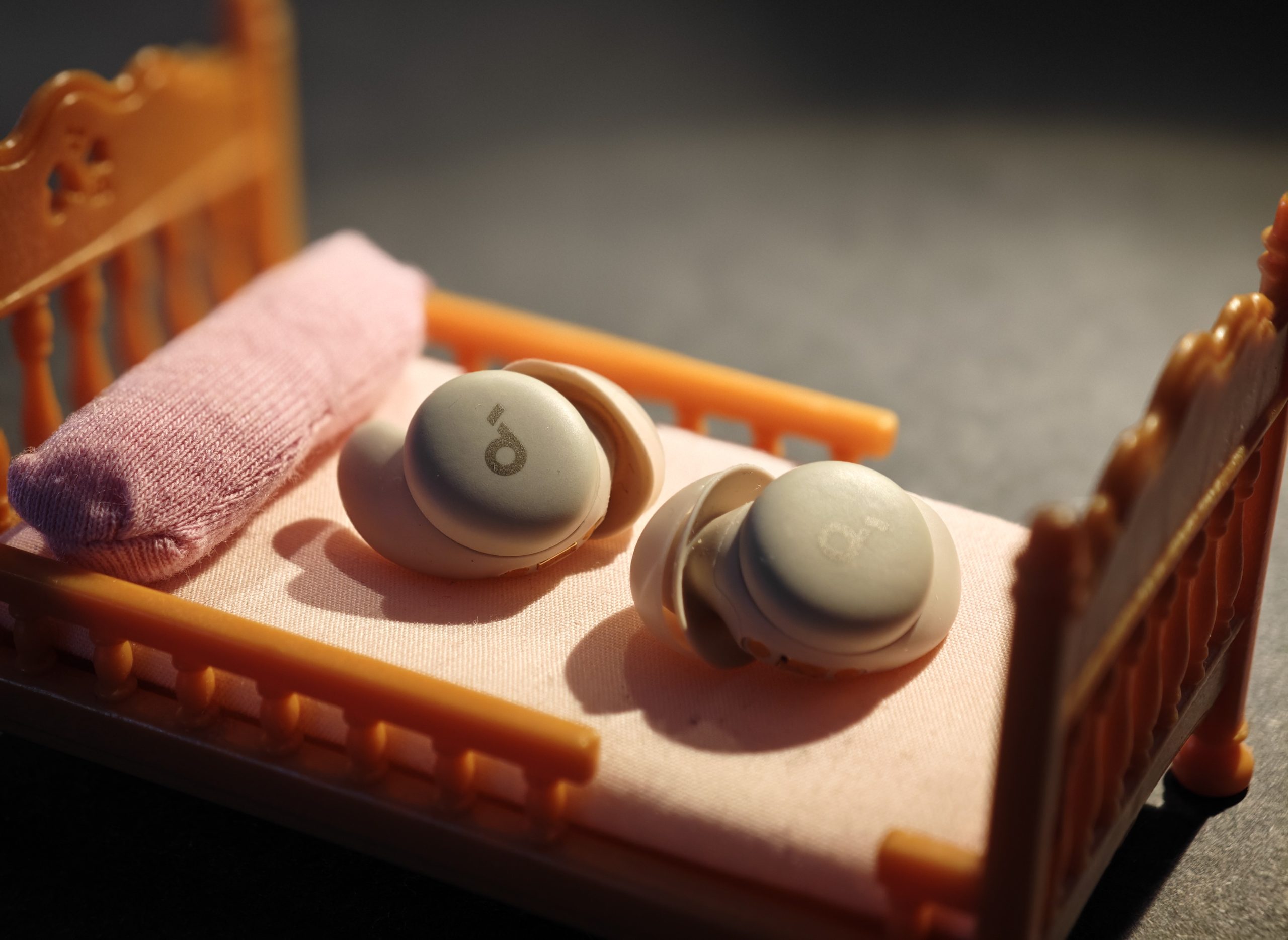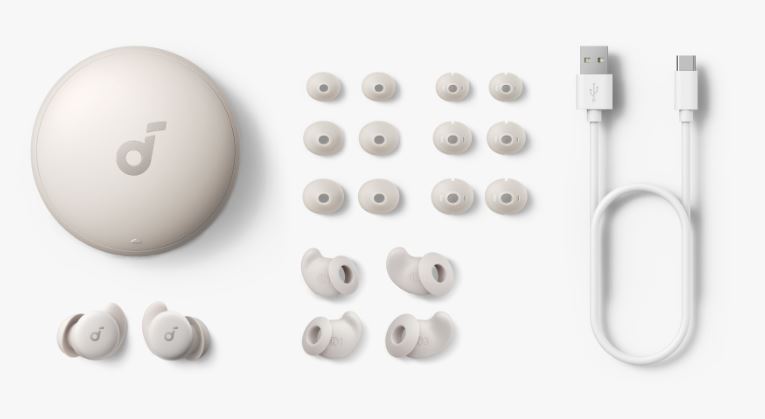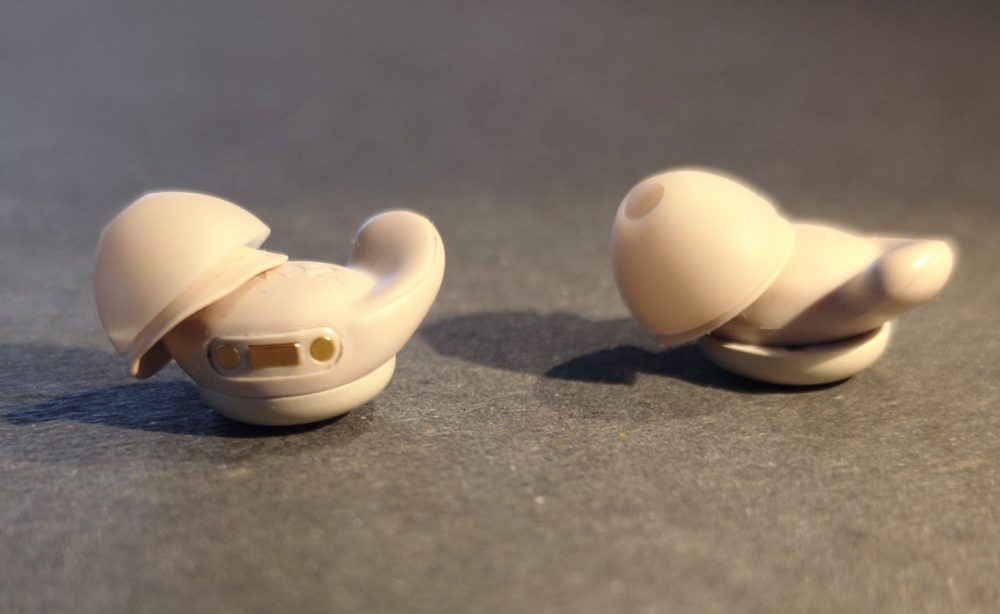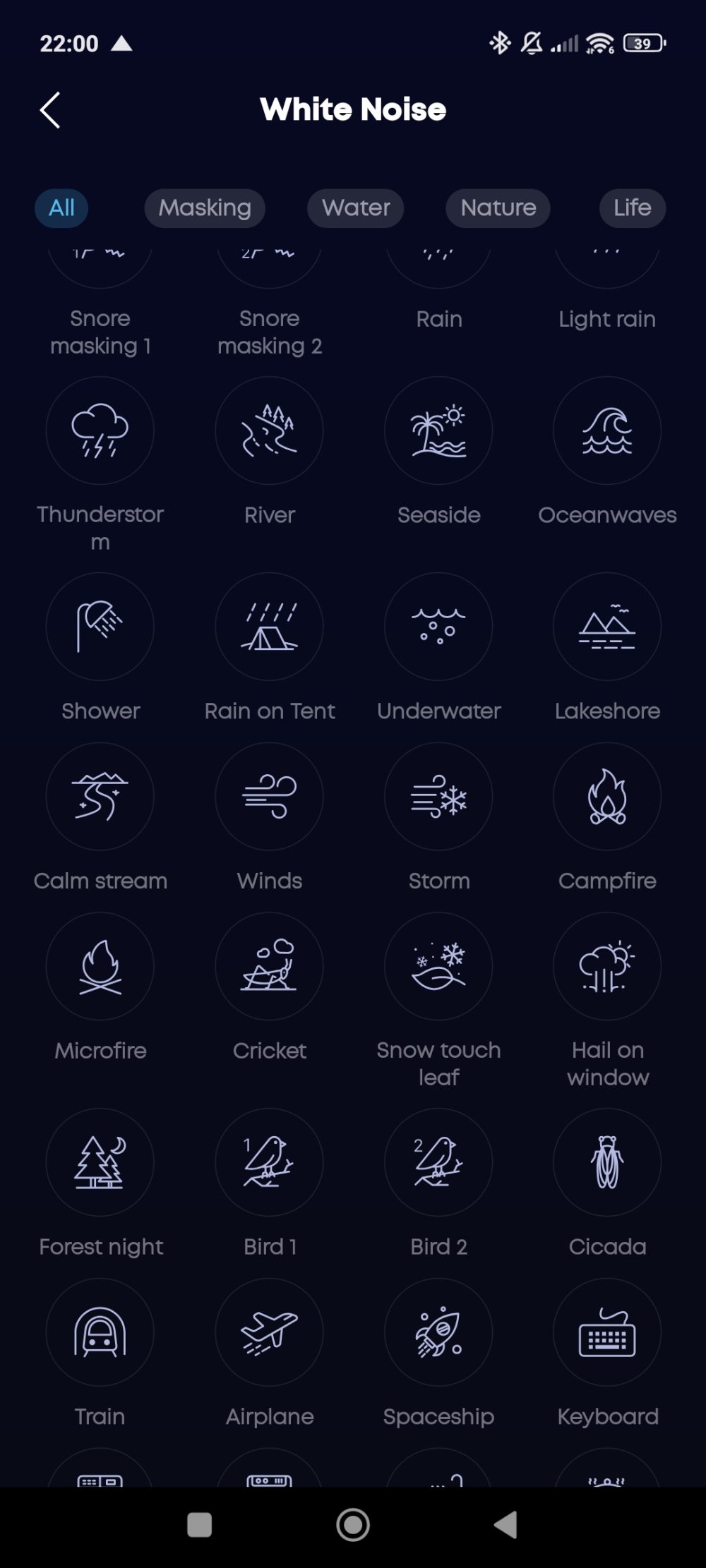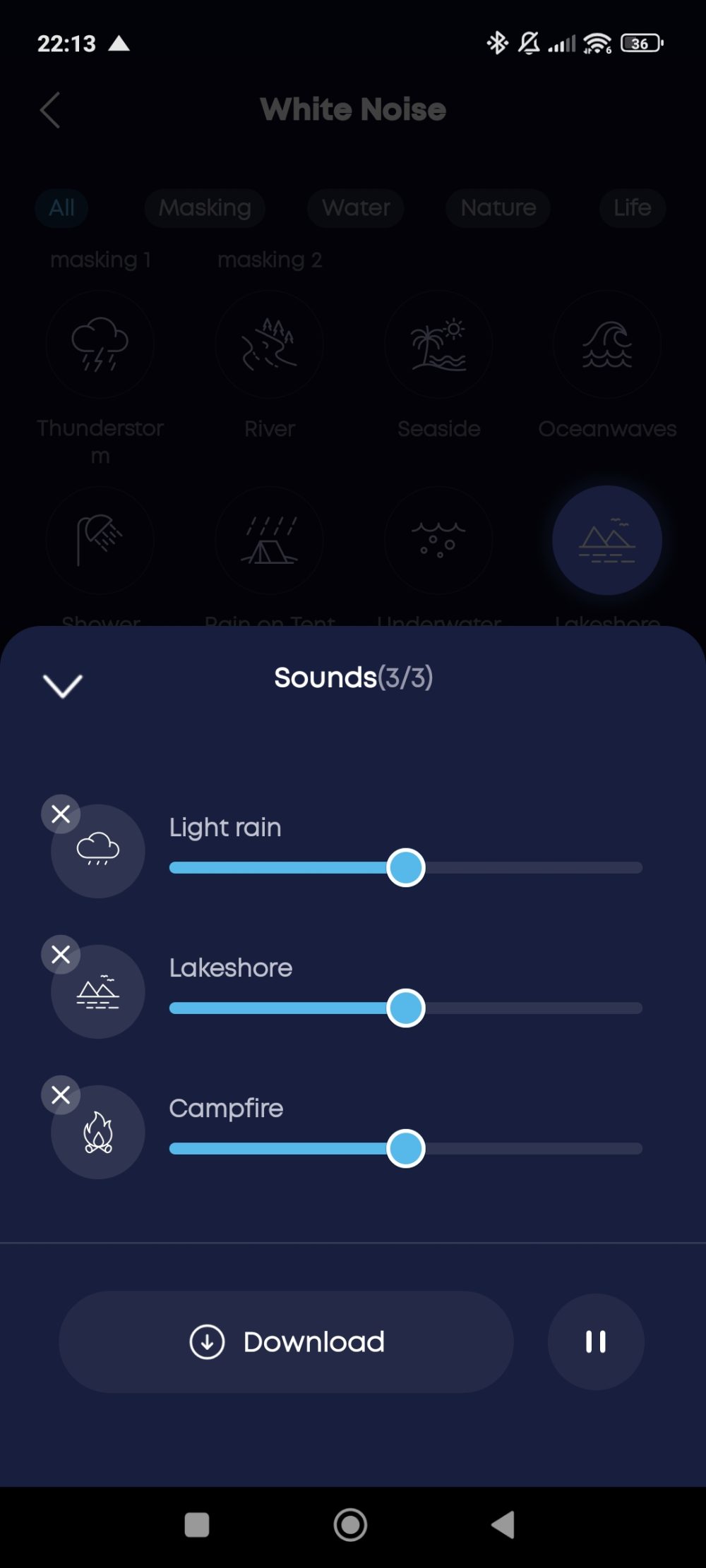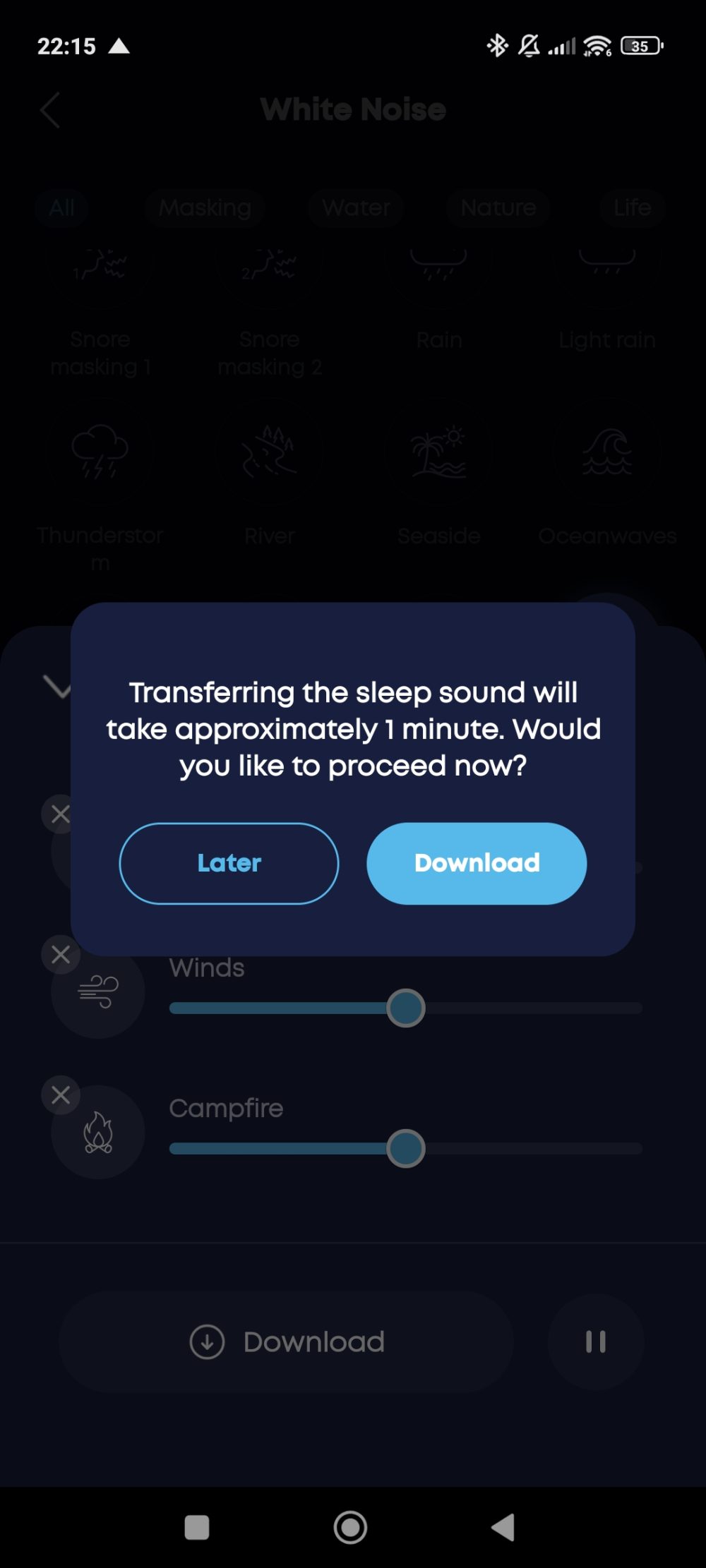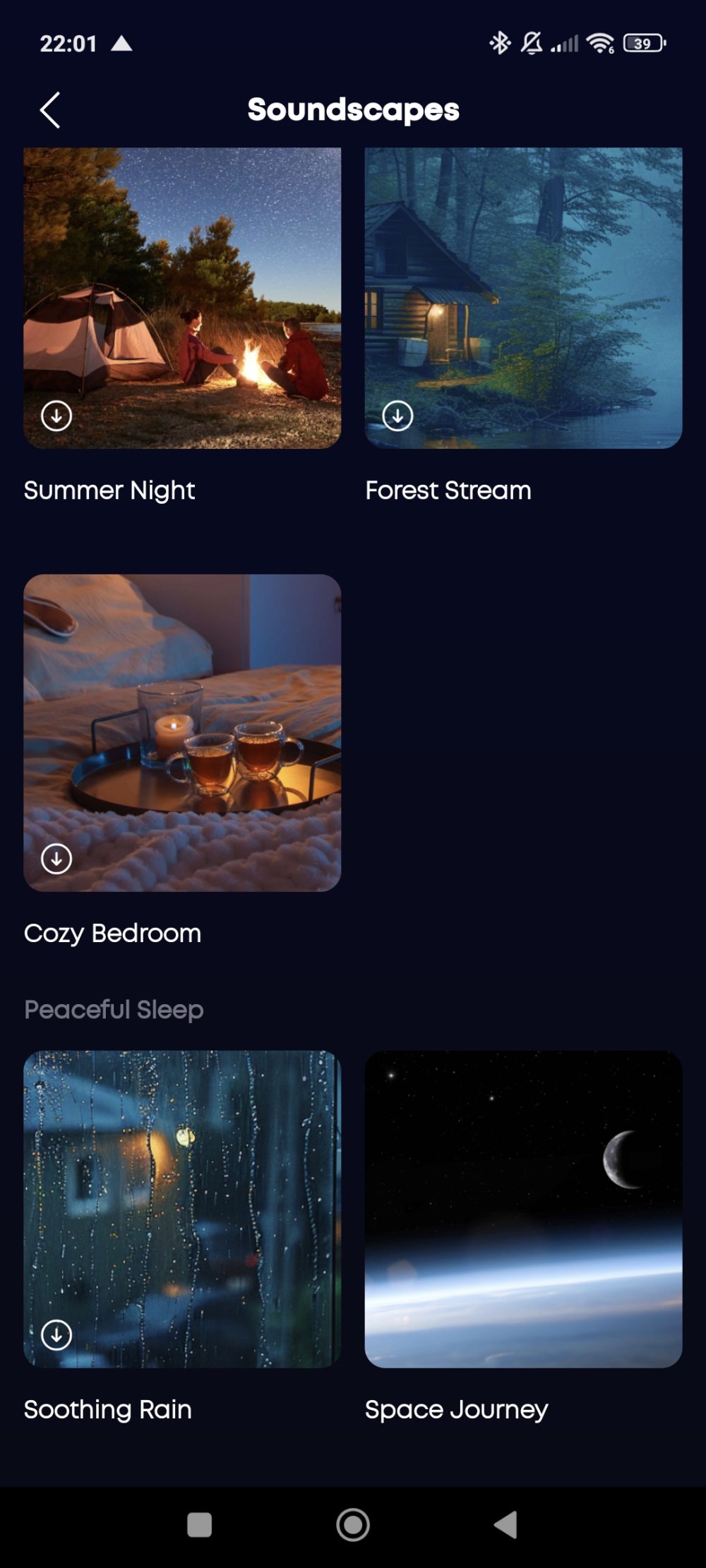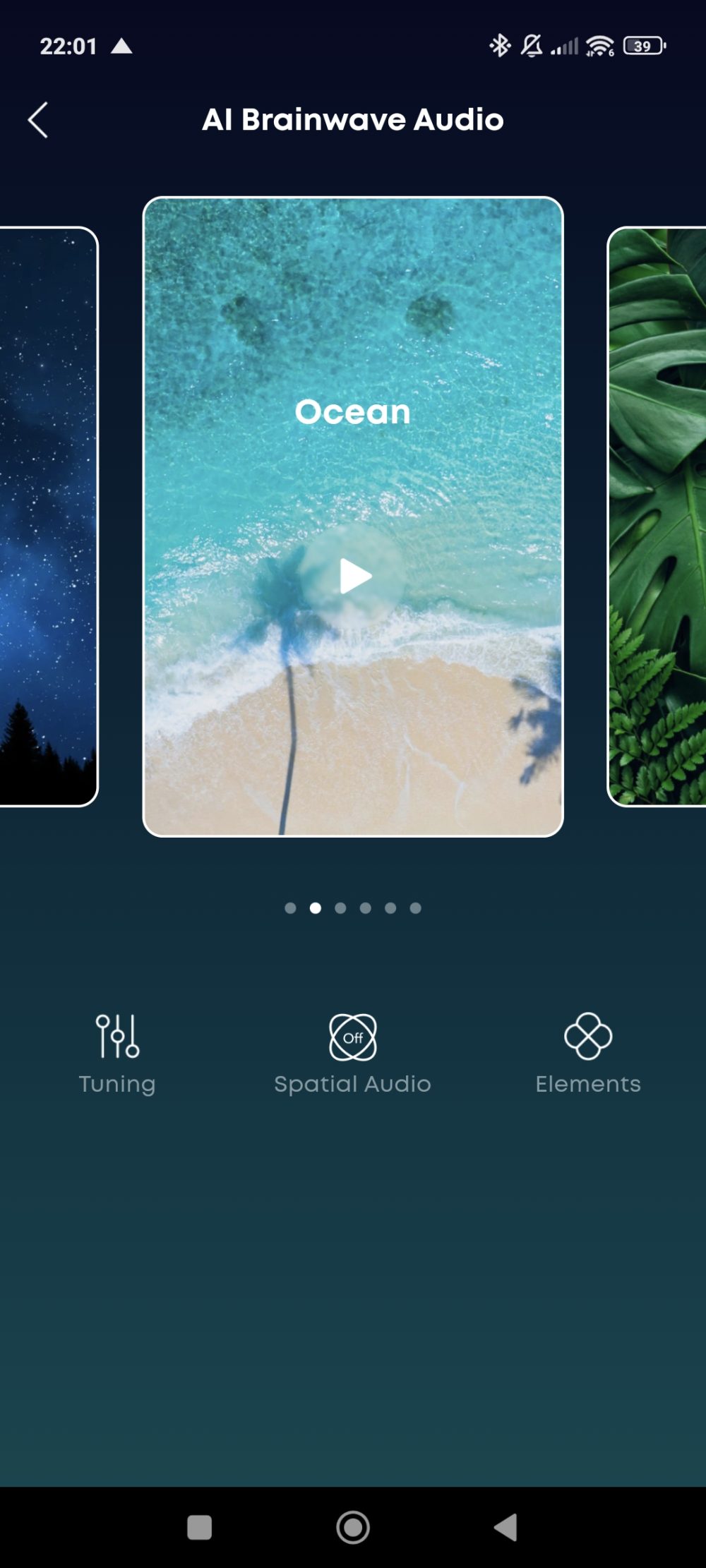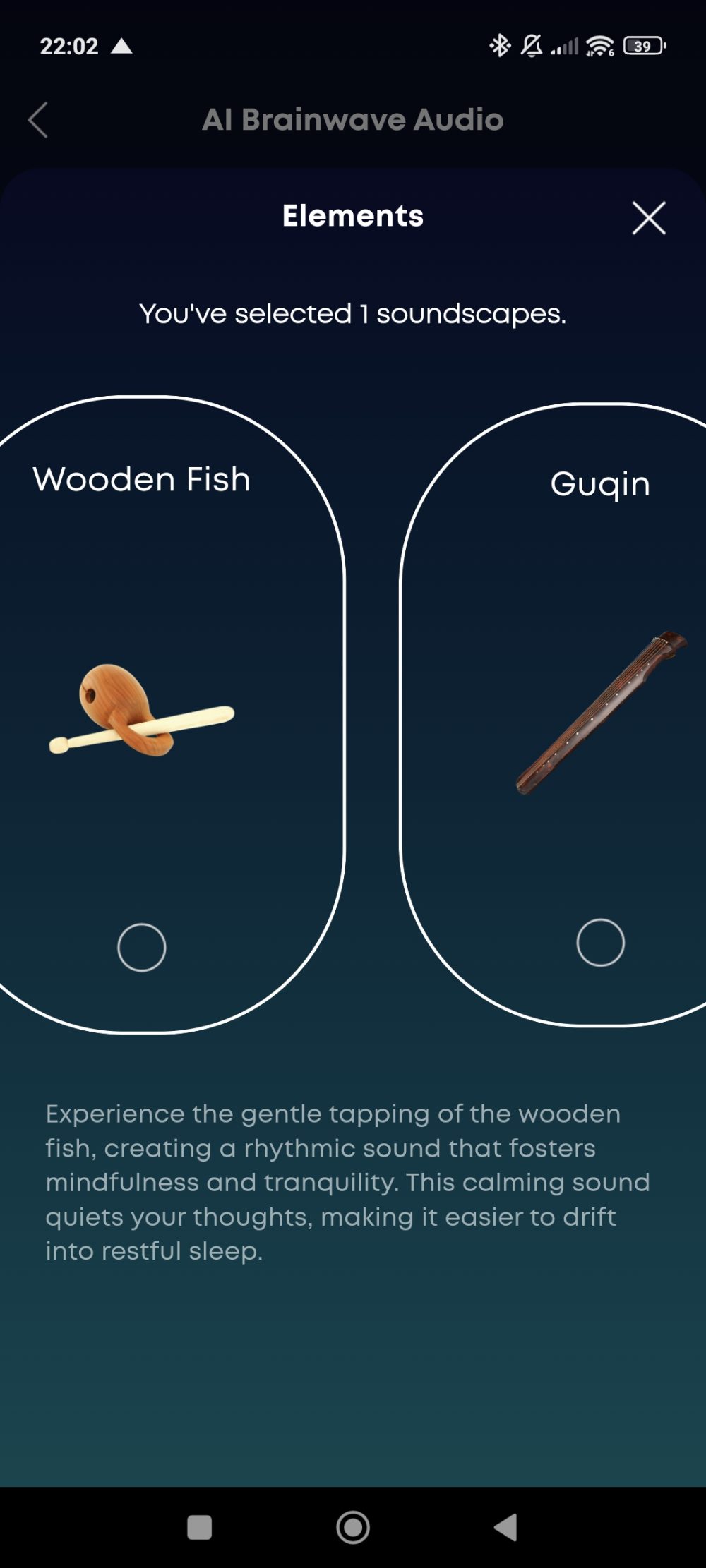TL;DR
Soundcore's Sleep A20 earbuds aim to revolutionize sleep with a compact, side-sleeping-friendly design and innovative features like smart volume. While the comfortable fit and impressive battery life are standouts, the pre-loaded soundscapes are disappointingly low quality. The AI-generated soundscapes are a huge improvement but require Bluetooth. Overall, these earbuds offer a novel approach to sleep enhancement, but you might want to stream your own audio for the best experience. Curious to see if the pros outweigh the cons? Dive into the full review!
It’s becoming a consistent observation that Soundcore products often showcase innovative thinking. Time and again, Soundcore is at the forefront, introducing novel ideas, which while sometimes needing refinement, consistently demonstrate a forward-thinking approach compared to the competition.
In this review, we examine the Anker Soundcore Sleep A20, designed to improve sleep through various integrated methods, monitor sleep patterns, and provide sleep-related reminders. The concept shows promise, although a greater focus on quality over quantity might be beneficial.

(Photo: senses.se)
First Impression – Anker Soundcore Sleep A20
The earbuds are notably compact, almost resembling earpieces used by agents in action films. This small size is crucial, addressing the primary challenge of comfortable side-sleeping with earbuds. Depending on pillow firmness, the design largely succeeds. The shallow profile minimizes discomfort and pressure on the ear during sleep.
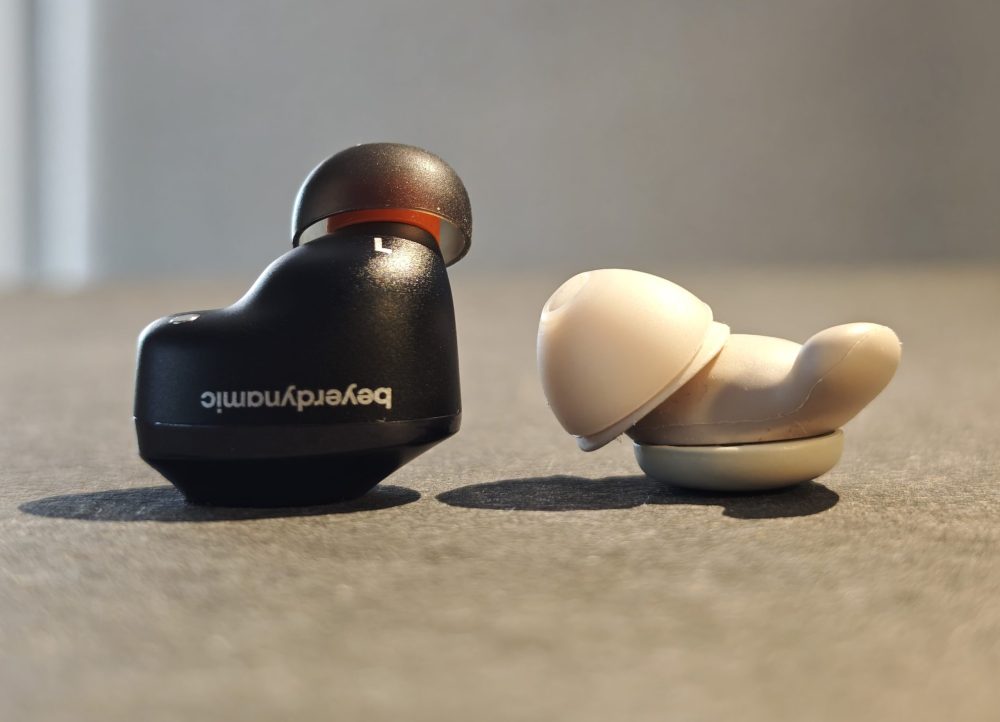
(Photo: senses.se)
The package includes a variety of ear tip sizes and stabilizing wings for a secure fit. Notably, the Soundcore Sleep A20 lacks active noise cancellation (ANC), likely due to two factors. First, incorporating ANC technology into such a small form factor presents engineering challenges. Second, ANC can cause ear fatigue, potentially hindering sleep. Instead, Soundcore utilizes double-layer ear tips in two variations: sound-isolating and ventilated. These tips integrate with the stabilizing wings to maintain earbud placement.
As mentioned previously, Soundcore demonstrates innovation, particularly in these design choices. And there’s more to discuss.
Hardware and Settings
Let’s briefly cover some core features. Unlike other Soundcore headphones we’ve tested, the button customization is limited to two- and three-click actions. This likely minimizes accidental input during sleep. The small button size makes control slightly challenging, but this is a trade-off for the form factor. Battery performance is commendable, offering 14 hours of playtime on a single charge (at 50% volume) and up to 80 hours with the charging case. This figure applies to Sleep Mode. Bluetooth usage reduces the total to 60 hours, which is still a respectable duration.
The Soundcore Sleep A20 prioritizes sleep enhancement over high-fidelity audio, unlike the Anker Soundcore Liberty 4 NC. While the audio quality is adequate, it lacks substantial power. However, precise volume control is more critical for sleep applications. The Sleep A20 allows for fine-grained volume adjustments, addressing a concern we raised with the Shokz Open Fit 2 + (insufficient volume steps) while praising the Audio Technica ATH-TWX9 for its customizable volume increments. The Sleep A20 does not function as a headset and lacks wireless charging capabilities.
The customizability is appreciated. However, the Sleep Mode activation, which disconnects Bluetooth and plays pre-loaded soundscapes, was initially inconsistent. Adjustments are required for optimal performance. Once configured, the system functions effectively.
The Main Strength – Sleep Optimization
Sleep Knowledge

(Photo: Soundcore)
Let’s examine the core functionality: sleep optimization. The primary concept is to use the earbuds to listen to podcasts or integrated soundscapes to facilitate sleep, with continuous playback during sleep. Anker Soundcore includes informative episodes offering insights into sleep. The earbuds also track sleep metrics, such as deep sleep duration, movement, and wake-up frequency. Users can set sleep schedules, receive sleep reminders, and configure alarms. The “smart-volume” feature adapts to ambient noise levels, attempting to mask external sounds by increasing volume or reducing it in quiet environments.
The Soundscapes, Many But With Too Low Quality
The quantity of soundscapes is extensive, and the concept of combining them is interesting. However, we would prefer a smaller selection of higher-quality options. The current selection lacks overall polish. Some options, such as a cat lapping milk, are not particularly conducive to relaxation. More traditional sounds, like a rumbling train, a tumble dryer, wind in trees, or waves on a beach, are more appealing. Users can upload soundscapes for Sleep Mode, but the internal memory likely imposes limitations. A smaller set of higher-quality, longer loops would be preferable. Recording ten minutes of natural sounds like forest wind or ocean waves would be exceptionally beneficial, particularly given the Sleep A20’s intent. With improved audio quality and sufficiently long loops, the brain would have more difficulty recognizing patterns.
AI Brainwave
Anker Soundcore addresses this with “AI Brainwave,” a particularly interesting function. These soundscapes require Bluetooth connectivity, which is a drawback. However, they are loop-free, generated in real-time to avoid repetition and create pattern-free soundscapes. The audio quality is also improved, resulting in a more enjoyable experience. Users can add additional sound effects to further customize the soundscape. This represents a well-executed application of AI.
The sound
The Sleep A20’s audio performance is satisfactory considering its size and intended use. The sound quality is adequate for enjoying music at low volumes, listening to podcasts, or audiobooks. The Sleep A20 is not designed as conventional music headphones, so direct comparisons would be unfair. However, the audio is reasonably clear and sufficient for most applications. The lower quality of the standard soundscapes is therefore regrettable.
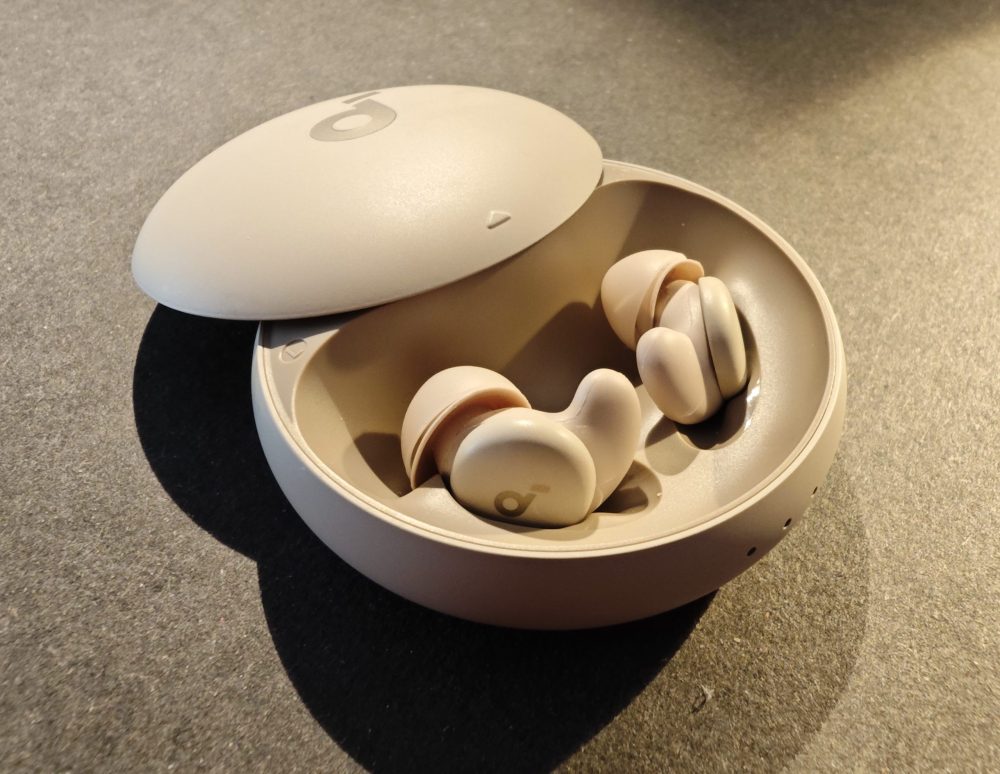
(Photo: senses.se)
Conclusion – Anker Soundcore Sleep A20
The core concept is ingenious, and the double-plug design avoids the need for active noise cancellation, which is a thoughtful approach. The integration of ANC, combined with smart volume adjustment, could further optimize the listening experience. At a price of 1,700 Swedish kronor, is the Soundcore Sleep A20 worthwhile? Considering the performance and construction – yes. Regarding the pre-loaded soundscapes – no. The AI Brainwave feature improves this somewhat, but requires continued Bluetooth connectivity.
However, considering the ability to play any audio source and to deactivate Sleep Mode entirely to stream higher-quality soundscapes, the Sleep A20 offers significant value. The ability to comfortably wear headphones while sleeping on one’s side and the impressive battery life are compelling advantages. It’s unfortunate that Soundcore’s interesting concept of combined soundscapes is hampered by their relatively low quality, leading users to seek alternative audio sources.
Anker Soundcore provided review units for this evaluation. The provision of review materials does not influence our editorial independence. Our reviews are conducted independently, with the interests of our readers and consumers as our priority.
